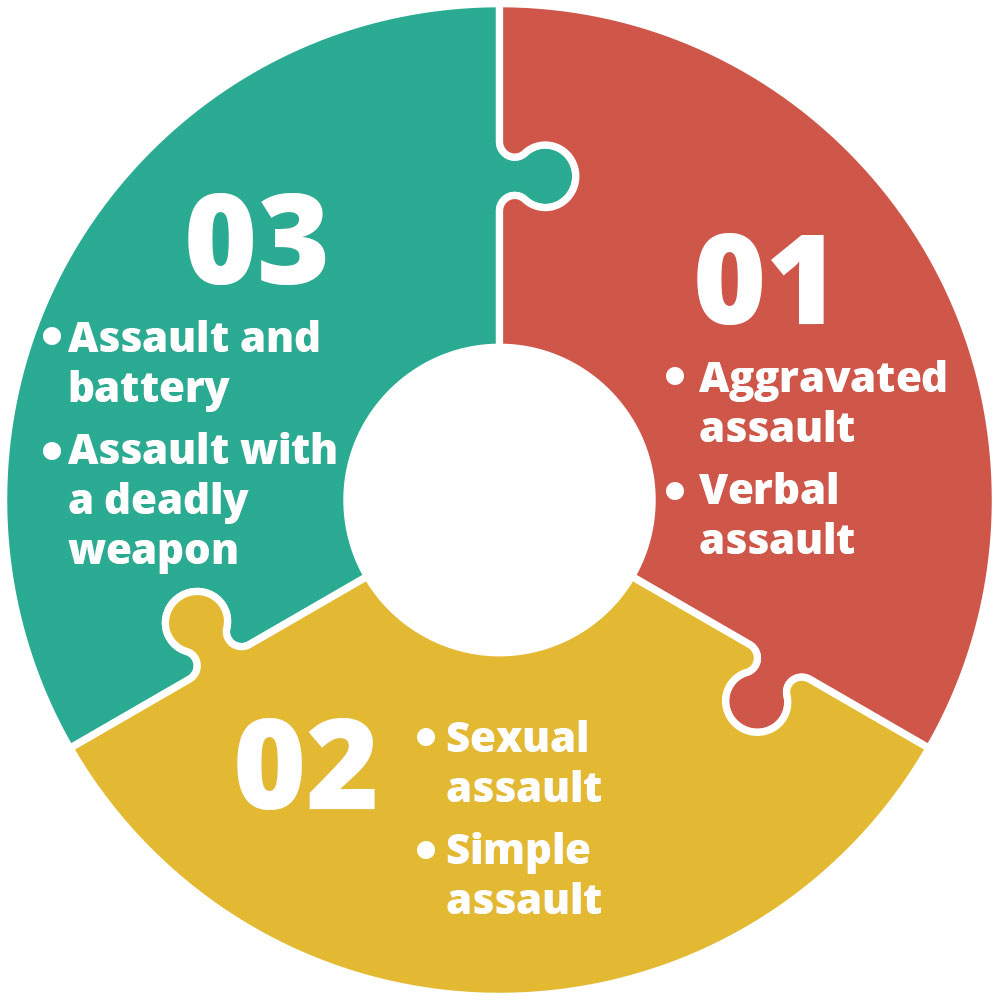Expecting The Trip: The Timeline Involved In A Standard Divorce Instance
Expecting The Trip: The Timeline Involved In A Standard Divorce Instance
Blog Article
Authored By- Divorce Lawyer
As you start the journey of navigating a separation instance, you might find yourself wondering about the timeline that lies in advance. From the first phases of submitting documents to the complexities of negotiation and the possibility for a test, each action holds its very own set of difficulties and uncertainties. Understanding the sequence of events can aid you prepare for what's to find and expect the weaves that might occur along the road.
Initial Declaring and Solution of Files
When beginning the divorce procedure, the very first step is the first filing of the essential documents with the court. This step formally starts the legal treatment and establishes the divorce instance moving. You should send kinds that lay out the premises for separation, properties, liabilities, earnings, expenses, and any other pertinent details needed by the court.
After submitting these files, duplicates should be served to your spouse, informing them of the separation process. This solution can be done with a process-server, constable's workplace, or qualified mail, making sure that your partner is officially informed of the divorce instance versus them.
Once the documents are submitted and served, the court will certainly give a situation number and designate a judge to look after the case. It's vital to accurately complete and file these files, as any errors or omissions could postpone the separation procedure.
This first action lays the foundation for the legal dissolution of your marriage, noting the beginning of a possibly difficult yet needed procedure.
Exploration and Arrangement Phase
Throughout the Exploration and Negotiation Phase of a separation situation, both parties participate in gathering details and exchanging appropriate documents to better recognize each other's financial scenarios and various other essential information. This stage is vital as it sets the structure for negotiations and possible negotiation contracts. Via methods such as interrogatories, ask for production of papers, and depositions, each party aims to discover truths, possessions, debts, and other essential details that might influence the instance's end result.
Negotiations throughout this stage commonly involve conversations on various concerns like home department, kid safekeeping, visitation timetables, and financial support. Both celebrations may collaborate with their lawyers to explore negotiation alternatives, possibly preventing the demand for a test.
Arbitration or collective law procedures might additionally be made use of to promote productive discussions and reach equally appropriate contracts. It's vital to approach this stage with transparency, sincerity, and a readiness to compromise to attain a smoother resolution and minimize the emotional and economic toll of a lengthy court fight.
Test and Final Resolution
Moving on from the Discovery and Negotiation Phase, the Test and Final Resolution stage marks the culmination of your divorce situation. This stage is where unsettled issues are brought prior to a judge to make decisions on issues like possession department, child protection, and assistance. https://zenwriting.net/dirk0kenyatta/what-to-anticipate-when-working-with-a-family-members-law-attorney-a entails offering proof, witness testaments, and lawful debates to sustain your instance.
During the trial, both celebrations will have the possibility to present their placements and counterarguments. It's important to be prepared, as the court's choice will considerably influence the last result of your separation.
Adhering to the trial, the court will issue a final judgment that lays out the terms of the divorce, including any kind of economic settlements and guardianship arrangements.
When the judgment is provided, the separation is settled, and both celebrations are legitimately bound by its terms. While the trial stage can be difficult and emotional, it's an essential step towards reaching a last resolution and moving on with your life post-divorce.
Conclusion
Finally, navigating a divorce case involves a collection of steps from filing preliminary files to getting to a last resolution. Recognizing the timeline of events can help you prepare for what to anticipate throughout the procedure. By being aggressive, looking for lawful support, and staying educated, you can navigate the intricacies of divorce process with confidence and quality.
